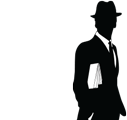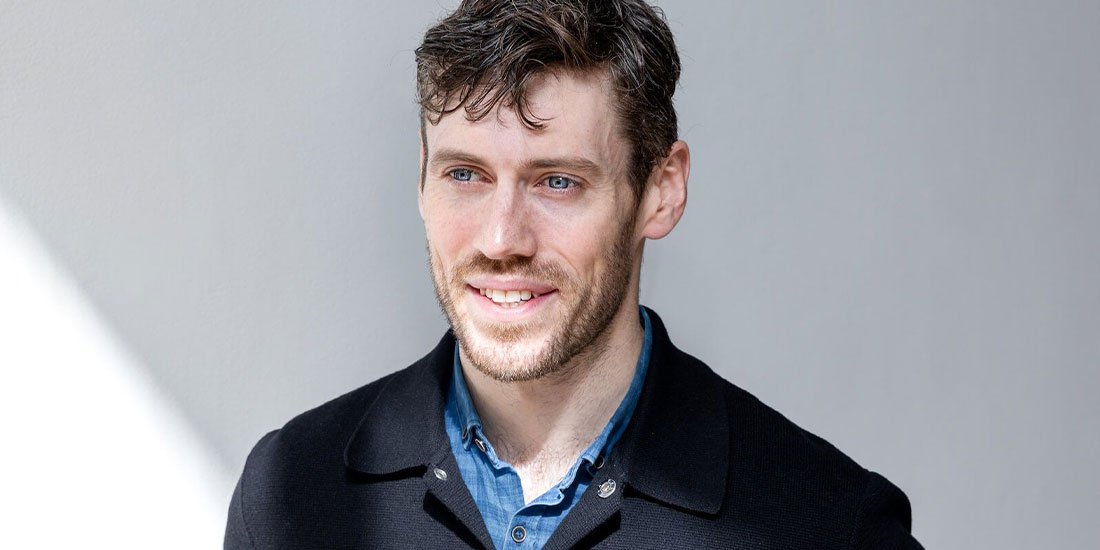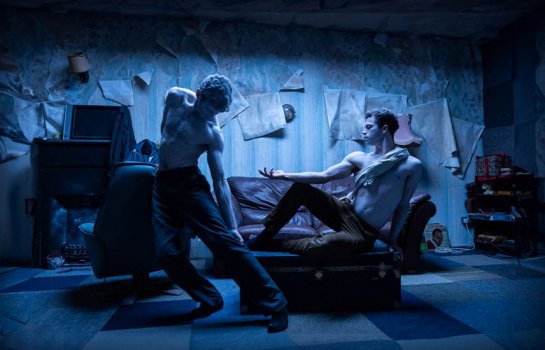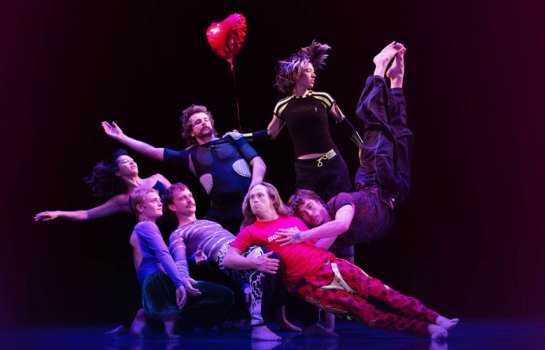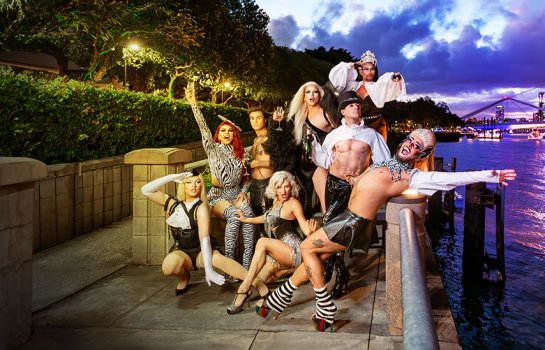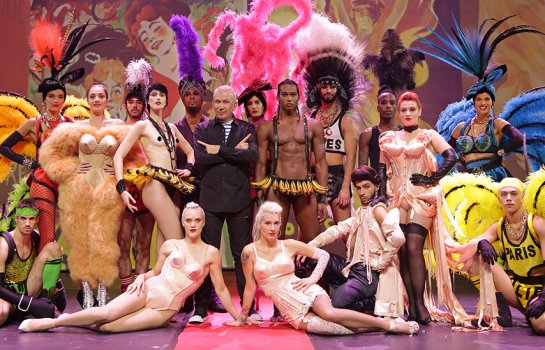Luke Murphy, Choreographer and performer, Attic Projects
If you keep your eyes and ears open the work speaks back to you as you perform.
Born in Cork City, Ireland, Luke Murphy is a performer, choreographer and founder of Attic Projects. Throughout his career, Luke has performed with dance companies around the world, with his own works presented in New York, Ireland, Germany, England and at the Edinburgh Fringe Festival. As part of this year’s Brisbane Festival, Luke will be bringing his genre-defying mixed-media production Volcano at Brisbane Powerhouse from August 30 to September 14. We caught up with Luke to chat about the show, his creative process and what he likes to do in his free time.
We’d love to start right at the beginning of your love of dance and movement – can you recall the moment when you sensed an inkling of affection for performing arts?
I actually started very young. I remember being taken to a children’s play in Cork when I was around seven and coming home and writing my own later that day. I started dancing later but I was involved in after-school theatre classes and things like that from very early on.
You’re bringing your production Volcano to this year’s Brisbane Festival. Can you shed some insight into what the audience can expect from this piece?
Volcano’s such an interesting show to promote because I simultaneously try to say as much and as little as possible. The show runs as kind of a live, sci-fi, mystery TV show. So audiences come and watch this mystery unravel over four episodes that run back to back. I think the less I say about the story itself the better, but I think it takes the audience on a tense, fun and unexpected trip.
Can you remember what inspired the inception of Volcano? What ideas were you trying to explore?
I’m someone who always has a lot of different ideas floating around and Volcano was kind of the synthesis of a few that came together into one project – I’d wanted to make something episodic for a really long time. With COVID, live performance was all being streamed and we suddenly found ourselves competing with Tiger King and The Mandalorian and everything else that came out in 2020, so I circled back to it thinking about what it meant to make dance theatre for a television audience. Isolation was obviously a big part of everyone’s life at the time. But by embracing the TV format and rules we could lean into genre and come at certain themes and questions in a really different way.
Part theatre, part television series, part dance – Volcano crosses a lot of creative borders. Can you talk us through the creative process of developing a unique show like this?
When I knew I wanted to work on it, I took a course in writing for television to understand the basic building blocks of that medium and I worked with the designer Alyson Cummins to start figuring out the space and world of the show. Once I understood the world and rules of the space that we’d be working in and found a clear map for the narrative across the four episodes, I could take that into my more familiar creative process. Telling a story between mediums and moving from narrative to abstract movement takes a lot of care, so that just needs time in the studio.
Volcano premiered at the Galway International Arts Festival in 2021. Have you noticed any themes or ideas that have become more or less relevant performing it in the years since?
I think it’s a case of layers. In 2021, isolation and powerlessness were very prevalent experiences and there’s a vessel for that experience in the work for sure. But more widely, there are questions about how you react in a crisis – about what makes us who we are and what we hold onto as a society or civilisation. In a way it feels like the themes that come forward most from one year to another are more to do with the outside world than what we’re doing onstage.
As well as the writer, director and choreographer you are also a performer in the show. What do you love about having the creative freedom to be on stage as well as work on the big-picture production side?
I think sometimes the work of a performer to fill in all the white space on a page can get a bit overlooked. For me performing and understanding the rhythm of the work from the inside and feeling where the audience is at from one moment to the next is the final stage in the directing process. It’s a very different set of information from in and from out. Seeing the work from outside is crucial, of course, but if you keep your eyes and ears open the work speaks back to you as you perform. I always feel it takes 20 shows for the piece to complete itself.
You’ve worked and performed in many places across the world – Ireland, England, New York, Germany, Belgium – how does Brisbane compare? Do you have any impressions of it as a creative city?
It’s my first time here! I’m very excited. I’ve followed the Brisbane Festival for a number of years and always found it an incredibly exciting and inventive programme, there’s a real sense of energy and vitality to the festival so we’re just delighted and honoured to be included.
What does an average work day look like for you? Is there an average day at all?
There’s not really an average day but I’ll get into a rhythm depending on what the main focus of my work is at that time. I’m pretty structured in general and because I do few different roles between choreography or directing and writing and performing I need to be really organised so I give each role proper care and attention. I guess an average day is working, I work a lot, but I have a lot of fun working so it’s easy to commit to.
Aside from choreographing, dancing, creating and performing, what do you like to do to unwind in your free time?
I climb, I swim, I listen to lots and lots of music and I like to be outdoors.
